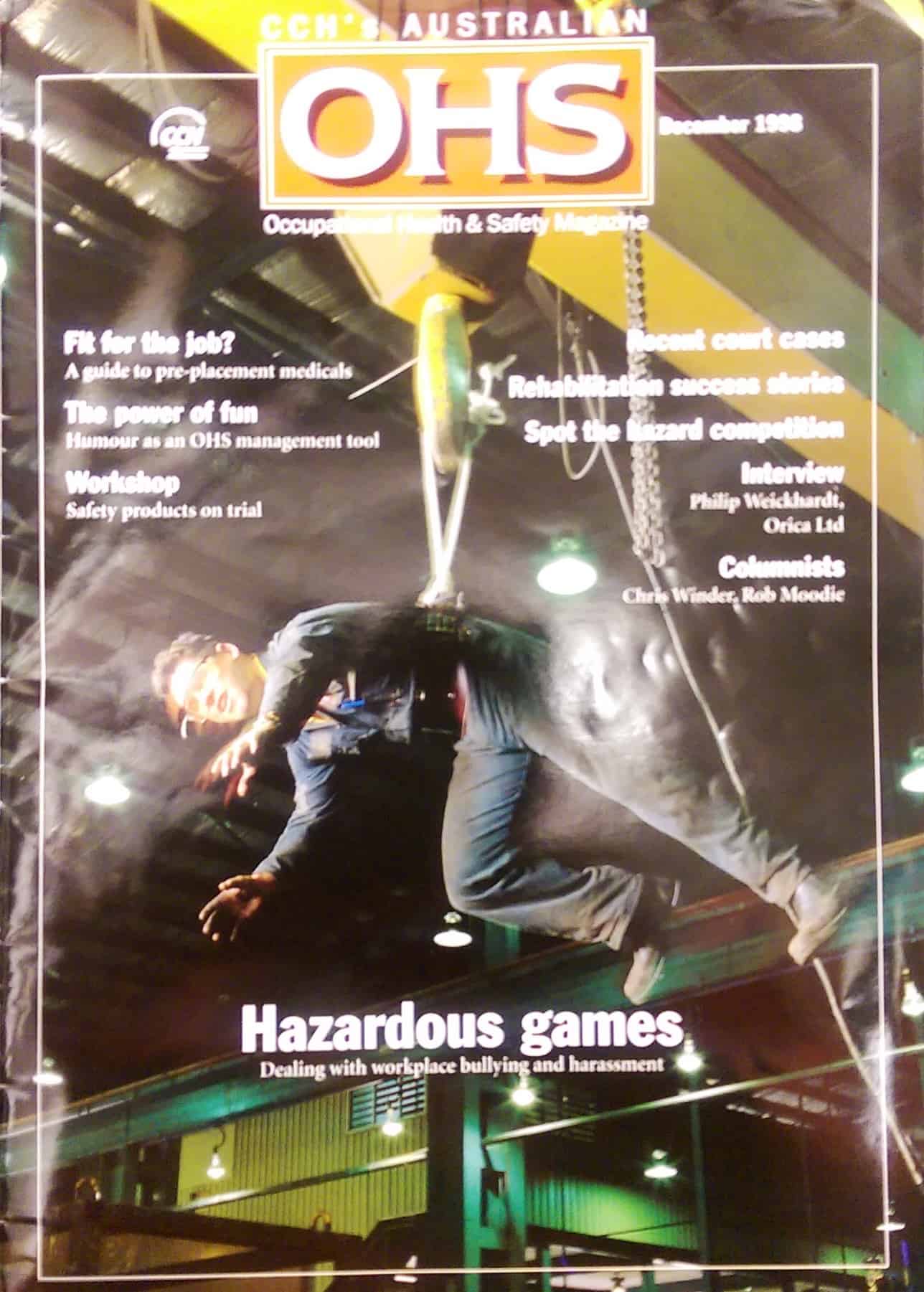 There are two potentially conflicting approaches to changing the occupational health and safety performance of managers and workers – cultural change or individual inducements. In some ways this reflects a societal dichotomy between the group and the individual, the big picture and the small, employers and workers, white-collar and blue collar, blame the system or blame the worker, and other combinations.
There are two potentially conflicting approaches to changing the occupational health and safety performance of managers and workers – cultural change or individual inducements. In some ways this reflects a societal dichotomy between the group and the individual, the big picture and the small, employers and workers, white-collar and blue collar, blame the system or blame the worker, and other combinations.
A colleague brought an article by Ross Gittins to this blog’s attention in which Gittins, an economics journalist, criticises key performance indicators and suggests looking at “intrinsic motivations”, based on the work of Jana Gallus. It seems we should be looking at awards rather than rewards. Gallus’s work provides a useful counterpoint or entry point to a recent book called Risky Rewards, written by Andrew Hopkins and Sarah Maslen. Continue reading “The dichotomy of OHS”

 It is important to look at a major fault in communication strategies related to OHS. The mainstream media never covered workplace safety issues to the extent possible. OHS was almost always covered by the industrial relations reporter, if the newspaper had one. The tripartite nature of industrial relations (IR) negotiations – government, business, unions – provided the main sources for OHS content and OHS was always communicated in or with the IR context. Rarely was OHS seen to merit its own story.
It is important to look at a major fault in communication strategies related to OHS. The mainstream media never covered workplace safety issues to the extent possible. OHS was almost always covered by the industrial relations reporter, if the newspaper had one. The tripartite nature of industrial relations (IR) negotiations – government, business, unions – provided the main sources for OHS content and OHS was always communicated in or with the IR context. Rarely was OHS seen to merit its own story. The Australian Council of Trade Unions (ACTU) commences its
The Australian Council of Trade Unions (ACTU) commences its